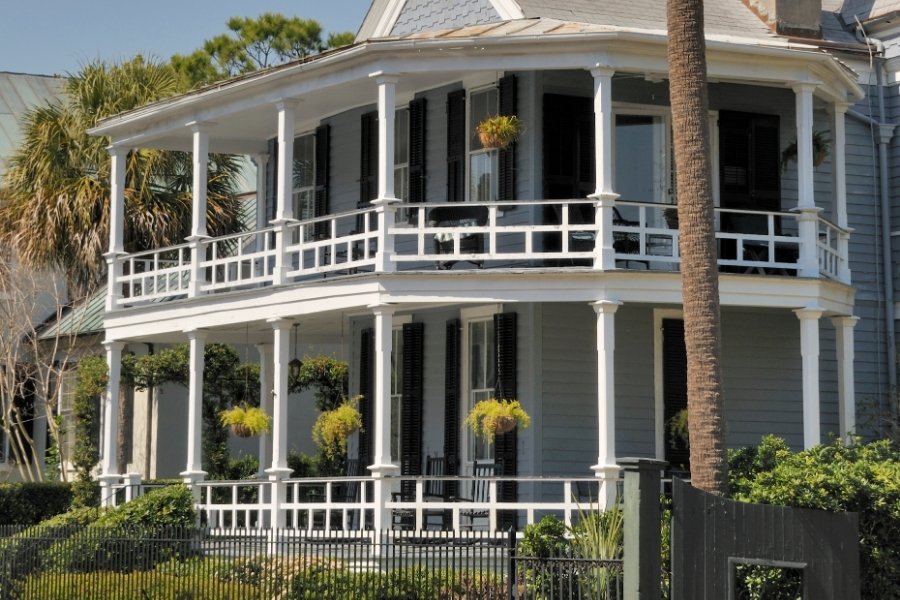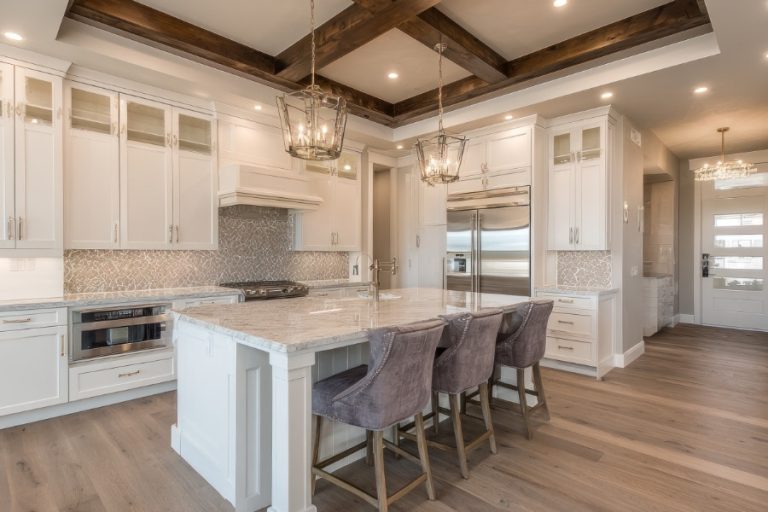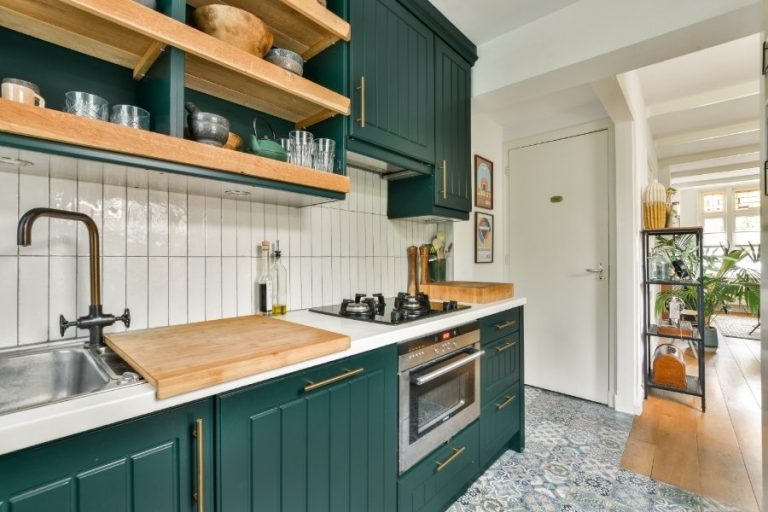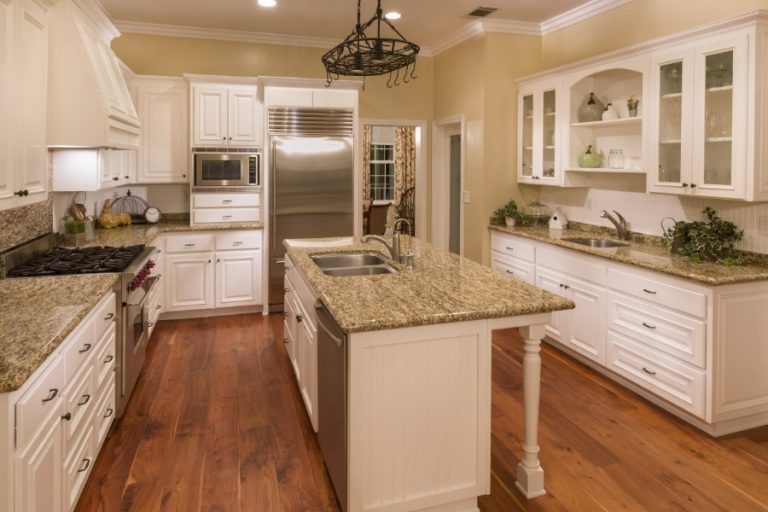Remodel or Rebuild? How to Decide What’s Right for Your Lowcountry Home
It’s a question nearly every homeowner faces at some point: should you renovate what you have or start over entirely? The idea of tearing down and rebuilding might sound bold, while remodeling feels practical. But the decision isn’t just about cost—it’s about context, craftsmanship, and what kind of home you want to live in ten years from now.
In the Lowcountry, where neighborhoods carry deep architectural character and history, the choice often depends as much on aesthetics and regulation as on budget. At Palatial Homes Design, we’ve guided clients through both paths, and the right decision always begins with asking the right questions.
Start with the Neighborhood
A home doesn’t exist in isolation—it belongs to its street, its trees, its skyline. In a stable or rising neighborhood, rebuilding can make financial sense if your current structure limits modern livability. But in a mature historic district, where charm and consistency define value, remodeling often preserves both your investment and the community’s visual rhythm.
If your current home fits the neighborhood’s scale and story, remodeling tends to be the more sensitive—and appreciated—approach. But if your house feels like an architectural outlier, rebuilding might enhance not only your property but the street around it.
Know What’s Permitted
Before you bring out the blueprints, confirm what’s possible. Many Lowcountry neighborhoods have preservation ordinances or design review boards that limit demolition or dictate exterior appearance. Properties within historic zones may require approval for even minor exterior changes, and complete tear-downs are often prohibited.
Consult local planning departments early. Understanding setback limits, height restrictions, and stormwater regulations can prevent costly delays and help shape your strategy from the start.
Evaluate the Structure
The condition of your existing home’s foundation and framing plays a decisive role. A house with strong bones can be renewed with modern systems and materials, blending the best of old and new. But structural issues—severe settling, water damage, or a compromised foundation—can make renovation an uphill battle.
A structural engineer can determine whether your current home is a candidate for restoration or whether a rebuild would be safer and more cost-effective. A good rule of thumb: if repairing the frame costs as much as starting over, rebuilding is the smarter investment.
Weigh the Character You’d Lose
Older homes carry details you can’t easily recreate: hand-laid brick, solid wood doors, crown moldings aged by time. If those elements define your home’s character, they’re worth preserving. Renovating allows you to modernize comfort and performance without erasing craftsmanship.
Still, authenticity matters most when it’s functional. If the existing layout feels cramped or disconnected, or if modern systems can’t be integrated without compromise, rebuilding may offer freedom that renovation can’t.
Consider the Hidden History of Past Renovations
Many older Charleston homes have undergone decades of modifications—some thoughtful, others haphazard. Poorly executed additions or outdated electrical work can turn a simple renovation into a maze of unexpected costs.
When the original craftsmanship has been diluted by mismatched updates, a full rebuild can restore design integrity and performance. For well-maintained homes, though, selective renovation can reclaim charm without unnecessary expense.
Think About Sustainability
Renovation can be inherently sustainable. Retaining an existing structure conserves embodied energy—the resources already used to create the building. Yet new construction, done responsibly, can deliver superior energy performance and environmental control.
At Palatial Homes Design, we approach both methods with sustainability in mind. Renovations emphasize efficient systems and materials, while new builds focus on long-term durability, insulation, and reduced maintenance. The greener choice depends on the starting point.
Understand the Financial Reality
Costs vary dramatically depending on scope. A full-scale renovation that touches every room can rival the price of new construction. Rebuilding tends to be more cost-efficient when the entire structure requires reworking. Renovations, on the other hand, allow you to prioritize spaces and phase investments over time.
Before making a decision, compare projected costs against future resale value. In desirable Lowcountry neighborhoods, a well-designed rebuild can appreciate rapidly, while preserving historic integrity can yield long-term equity.
Don’t Forget Financing
If your home carries a mortgage, demolition requires lender approval, since the existing structure serves as collateral. Rebuilds often rely on construction loans that convert into traditional mortgages upon completion. Renovations can typically be financed through home equity loans or lines of credit.
Your lender will need plans, budgets, and builder details to approve any major change, so engage financial discussions early in the process.
The Value of Professional Guidance
Every project tells its own story. Some homes beg to be renewed; others are ready for rebirth. The key is knowing which vision aligns with your site, your budget, and your lifestyle.
At Palatial Homes Design, we help clients see both paths clearly. We assess structure, zoning, cost, and aesthetic potential to create a decision framework that aligns with your goals. Whether we preserve what’s beautiful or start fresh with purpose, the result is a home designed for the way you truly want to live.







